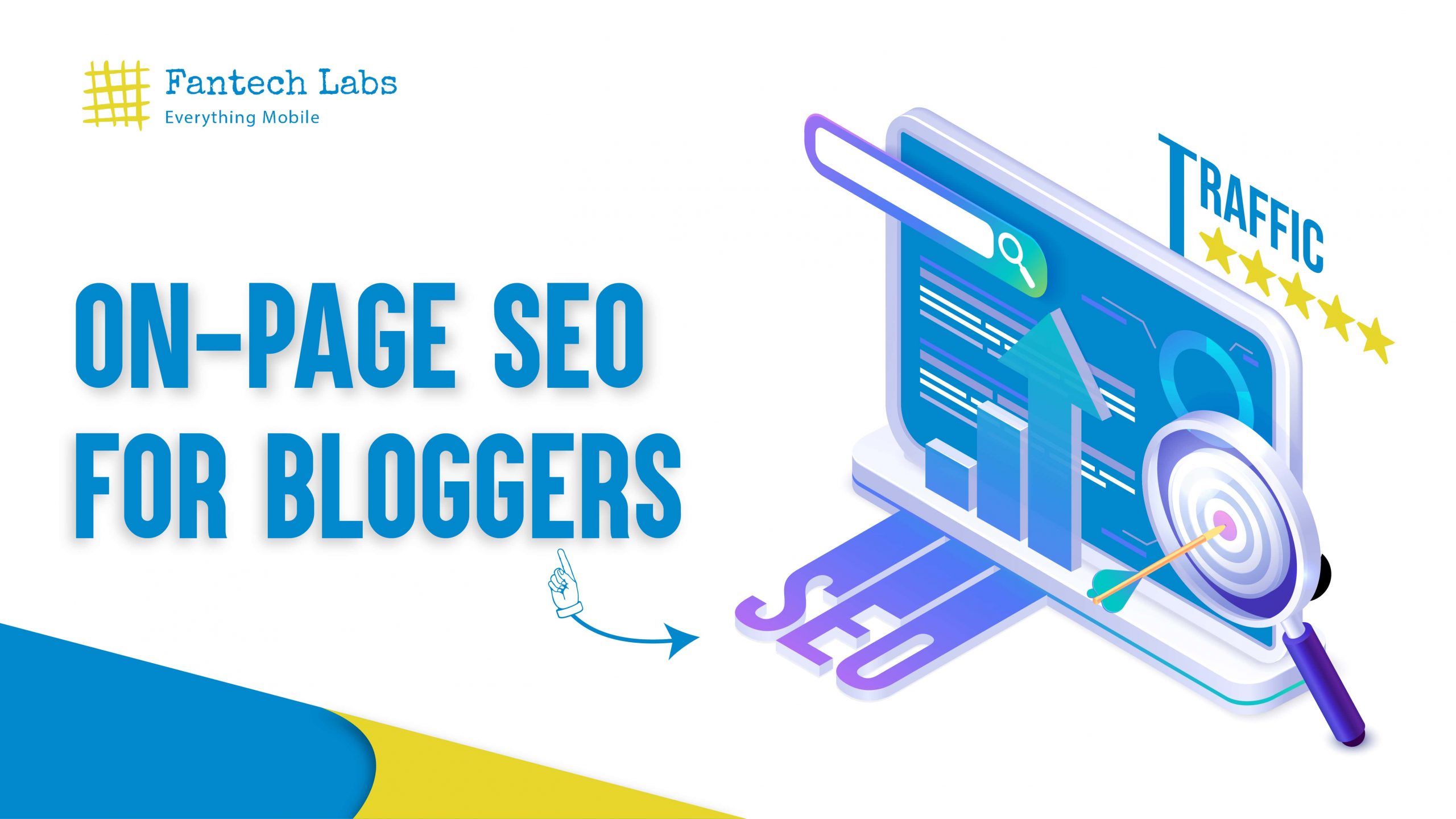As a blogger, you’re passionate about creating great content. But what’s the point of crafting brilliant blog posts if they don’t reach your intended audience? This is where On-Page SEO (Search Engine Optimization) comes into play. In this article, we’ll delve into the essential strategies that bloggers can use to optimize their posts for search engines and boost their visibility and readership.
Step 1: Keyword Research
In order for any on-page SEO strategy to be successful, keyword research must be the cornerstone. The first thing you need to do is answer these questions:
- How would you describe your blog’s main topics or themes?
- How do you know who your target audience is and which keywords they are likely to search for?
- Your blog currently receives traffic from which keywords?
Free Keywords Research Tools
Paid Keywords Research Tools
After you’ve identified your keywords, it’s important to incorporate them naturally into your content. Search engine rankings can be hurt by keyword stuffing, and your content will be less user-friendly as a result, so that’s a no go area.
Step 2: High-Quality Content
When you’re making stuff for your blog, it’s super important to make it really good. Search engines like Google love content that isn’t just helpful and interesting, but also new and smart. Let’s dig into this a bit more in simple words:
- Originality Matters: While it’s essential to provide valuable information, it’s equally crucial to offer a fresh perspective or unique insights. A more diverse audience can be attracted to original content in search results.
- Long-Form Content: In many cases, longer, more detailed articles are more likely to rank well in search engines. Consider creating comprehensive, well-researched content that thoroughly covers a topic, providing readers with valuable insights and answers to their questions.
- Multimedia Integration: Use multimedia elements in your blog posts to improve engagement, such as videos, infographics, and interactive content. Include these elements in your content to make it more interesting and informative.
- User Experience: It is important to pay attention to how your blog looks and works from the perspective of your readers. Provide easy navigation on your website, make sure it loads quickly, and make sure it is mobile-responsive. A positive user experience can lead to higher engagement and longer time spent on your site, both of which are factors that search engines consider.
- Engage with Your Audience: Encourage reader interaction through comments and social media. It is not only beneficial to your audience to engage with them, but also to search engines that your content is valuable and relevant.
By focusing on these additional aspects while crafting high-quality content, you’ll not only satisfy search engine algorithms but also create a rewarding experience for your readers, ultimately fostering their loyalty and continued engagement with your blog.
Step 3: Optimize Title Tags and Meta Descriptions

Search engine users form their first impression of your blog post based on its title tag and meta description. Include your target keyword in the title tag and make sure it is both descriptive and descriptive. Search engine results pages (SERPs) display it correctly if it’s concise, about 60 characters long.
The meta description should, on the other hand, be a brief summary of your blog post, no more than 160 characters. You should make them compelling so that search engine users will click on them.
Step 4: Use Sub-headings
Subheadings, also known as H2 and H3 tags, help break up your content and make it more readable. They also signal to search engines what your content is about. Incorporate your target keywords into subheadings where relevant to improve SEO.
Step 5: Image Optimization
You can use images to enhance the visual appeal of your blog posts, but if they aren’t optimized, they can also slow down your website. Compressing your images will reduce file size, and linking your keywords should be included in your alt text. Using this technique, you can make your images understandable to search engines.
Why ALT Tags is Important
Think of ALT tags as a helpful tool for people who can’t see images on websites. It also works wonders in getting your website noticed on search engines like Google. Don’t underestimate its power – a few well-chosen words can make a significant difference.
Image Compressing Tools:
Step 6: Internal and External Linking
Adding internal links to your blog posts improves the user experience on your website and aids search engines in understanding it. Search engines can also boost your blog’s credibility with external links to authoritative sites.
Step 7: Mobile Optimization
Your blog should be mobile-friendly since more and more users access the internet through mobile devices. In order to ensure a seamless user experience, ensure that your blog is responsive and tested on multiple devices.
Conclusion
Your blog’s visibility and readership can be significantly boosted by integrating these On-Page SEO strategies into your blogging routine. Keeping in mind that SEO is an ongoing process, be patient and consistent with it. In order to increase your readers and grow your online presence, you should focus on keyword research, writing high-quality content, and optimizing various aspects of your blog. Read More: Fantech Labs

